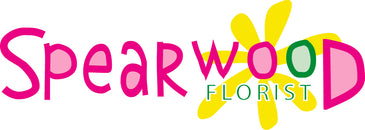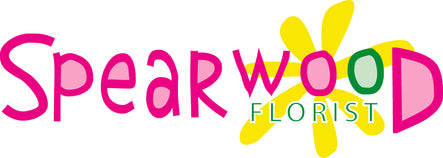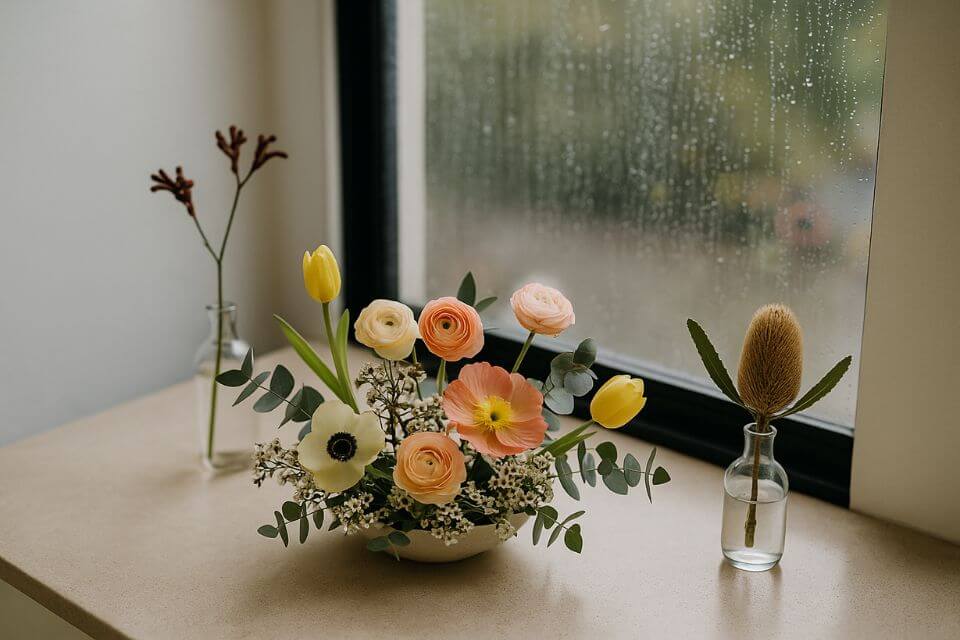In the solemn moments of a funeral, every detail becomes part of a collective farewell. Among the arrangements of sympathy and love, flowers stand as silent messengers of grief, remembrance, and respect. One particularly poignant detail that has become more common in certain communities—but still debated in others—is the printed personalised ribbon attached to funeral flowers.
While some consider it an elegant tribute, others view it as unnecessary or even culturally inappropriate. This article explores the meaning behind this practice, its cultural roots—especially in Italian, Balkan, and Baltic traditions—and the reasons why it’s embraced by some and rejected by others.
The Ribbon as a Medium of Memory

Personalised ribbons are often printed with phrases such as “In Loving Memory,” “Forever in Our Hearts,” or specific identifiers like “Beloved Nonna” or “From Your Grandchildren.” These ribbons, draped across casket sprays, wreaths, and floral crosses, serve as an additional layer of sentiment. They identify who the tribute is from, or who it is for, turning the arrangement into a deeply personal offering.
This is more than decorative. It becomes a visible thread of remembrance, an expression that is both public and intimate.
The Popularity in Southern and Eastern European Cultures
Personalised ribbons are widely used and culturally significant in many parts of the world, especially among:
Italians
In Italian funerals, flowers are abundant and central to mourning rituals. Personalised ribbons are a long-standing tradition, used to show both respect for the deceased and solidarity among mourners. Whether it’s a simple “Con Amore” (With Love) or the name of a close relation, the ribbon allows people to express their bond without needing to say a word.
Balkan Peninsula
Countries like Serbia, Croatia, Bosnia and Herzegovina, North Macedonia, and Montenegro share a strong preference for these printed ribbons. Many funeral arrangements in the region feature bold, black or gold lettering printed in the local language, clearly stating who the tribute is from—“Family Petrović” or “Colleagues from Ministry of Health,” for example.
In these cultures, not including a ribbon on a funeral arrangement may seem incomplete or impersonal. The ribbon is part of the ritual, signalling the social fabric the deceased was part of.
Baltic Cultures
Lithuania, Latvia, and Estonia also place value on ribboned funeral flowers, although with some variations in phrasing and design. The ribbons often include traditional blessings or symbolic words, reflecting both familial ties and national heritage.
In all these regions, funerals are as much about the community as they are about the individual, and the printed ribbon is an emblem of that shared experience.
Why Some Cultures Do Not Embrace the Practice
Despite its popularity in southern and eastern Europe, personalised ribbons on funeral flowers are not universally accepted. In Anglo-Saxon, Scandinavian, and many Asian cultures, this practice is less common or even discouraged.
Anglo-Saxon Traditions (UK, USA, Australia, etc.)
In many English-speaking countries, funeral flower arrangements tend to be more understated. While cards with heartfelt messages are common, printed ribbons are often perceived as overly elaborate or performative. Simplicity, quiet dignity, and subtlety are valued—where the gesture of sending flowers is more important than declaring who they are from.
That said, funeral directors in multicultural regions (like Perth, Melbourne, or London) have seen a rising number of ribbon requests, particularly from families with Southern European roots.
Scandinavia
In Scandinavian countries such as Sweden, Norway, and Denmark, minimalism is part of the cultural ethos. Funeral ceremonies are often solemn and unadorned, with a focus on introspection rather than outward display. Ribbons may occasionally be used but are usually plain, unprinted, or feature only religious symbols.
Asian Traditions
In places like Japan, China, and Korea, the symbolism of flowers is significant, but traditions around death tend to focus more on incense, offerings, and family rituals. Printed ribbons are rare, and when used, are more likely to be part of a temple ceremony or shrine, not a floral arrangement.
Cultural Sensitivities and Modern Blending

In a globalised world where communities are increasingly diverse, the use of printed funeral ribbons is no longer a straightforward “yes or no” issue. Instead, it's an evolving practice, influenced by:
1. Migration and Cultural Blending
Families with roots in Italy, Greece, or Serbia living in countries like Australia or Canada are bringing their customs into new cultural contexts. Funeral homes now often offer ribbon printing as a standard service, recognising the growing demand.
2. Personalisation Trends
Across the world, there is a greater appetite for personalisation in death care—from customised coffins to unique ceremonies. Printed ribbons fit into this trend, allowing people to leave their mark and communicate their message even in a shared ceremony.
3. Visual Identity and Social Media
In the age of digital memory sharing, even funerals are documented in photos and shared (respectfully) among family and friends. A ribboned arrangement visually communicates love and identity, standing out in photographs and making the tribute more recognisable.
When Is It Appropriate?
For those unsure whether to include a printed ribbon on funeral flowers, consider these questions:
- What are the cultural expectations of the family and community?
- Would the deceased appreciate or approve of the gesture?
- Is the funeral formal or informal in tone?
- Are you attending or sending flowers from afar?
When in doubt, it’s best to check with the funeral director or the family.
Common Messages on Ribbons

Printed messages on funeral flower ribbons often fall into three categories:
1. From Whom
- “Your Loving Family”
- “From All the Grandchildren”
- “Colleagues at [Company Name]”
2. Sentiment
- “Forever in Our Hearts”
- “Gone But Never Forgotten”
- “Rest in Peace”
3. Relationship Titles
- “Beloved Mum”
- “Cherished Nonno”
- “Dear Friend”
Some ribbons feature both relationship and sender, such as:
“To Our Dear Dad – Love from Your Children”
Printing and Design Options
At modern florists like Spearwood Florist, you can choose from a variety of ribbon colours, fonts, and messages. Some families opt for:
- Gold or silver lettering on satin ribbon
- Matching the ribbon colour to the floral theme
- Double ribbons: one for sentiment, one for names
Printed ribbons can be attached to casket sprays, wreaths, hearts, crosses, and standing arrangements. They’re typically produced using heat-transfer vinyl or foil-stamping techniques.
Conclusion: A Personal Choice, Rooted in Tradition
Whether you choose to include a printed ribbon on funeral flowers or not, it’s ultimately a personal or cultural decision. For many Italians, Balkan, and Baltic families, it’s a cherished tradition—one that reflects identity, belonging, and honour.
For others, simplicity may feel more respectful or aligned with their values. Neither approach is valid. What matters most is the sincerity of the gesture and the love behind it.
In the end, personalised messages on ribbons are a powerful way to say goodbye. They may be small in form but immense in meaning—offering a final message when words are hardest to speak.





